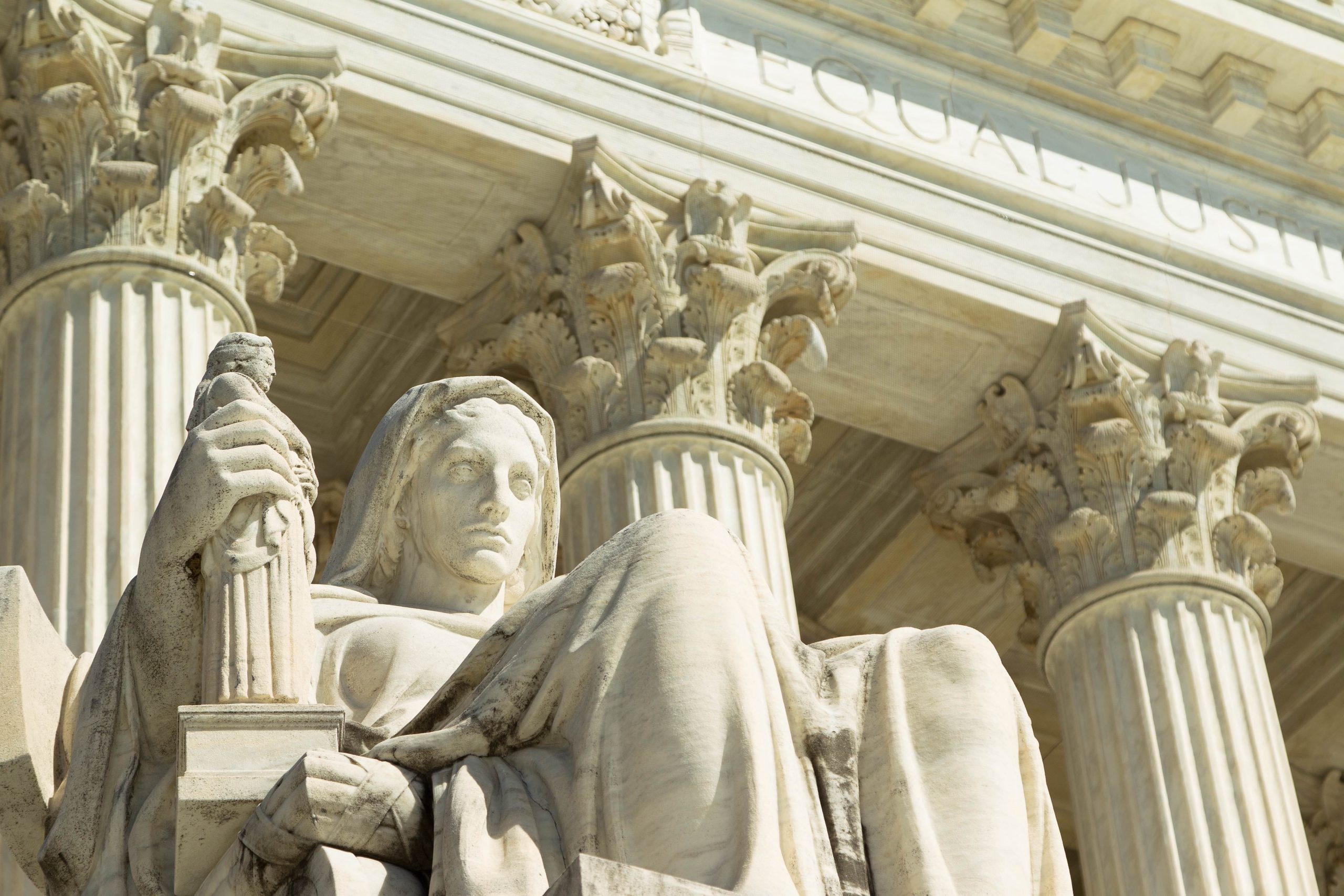The court’s end-of-term workload: A historical perspective
SCOTUS FOCUS
on Jun 10, 2022
at 2:19 pm
Close followers of the Supreme Court have puzzled in recent days over what commentators have described as the slow pace of issuing decisions as the justices head into the final weeks of the term.
It is true that the justices came into June with 33 decisions still to be issued, or 55.9% of the 59 cases the court heard for argument. This high percentage of outstanding decisions might give some court watchers pause about whether the justices will be able to finish their work by the end of June or early July, the unofficial target for completion of the court’s work. After four decisions this week, they still have 29 to go. Theories abound that the work of the court has been delayed by divisions and distrust after the leak of an early draft decision proposing to overturn the constitutional right to abortion.
Crunching the numbers with a different historical perspective may relieve some of the concern about the path ahead for the justices this month. If one looks not at the percentage of decisions remaining but at the volume of end-of-term decisions, the picture is different.
Let’s look at the volume in comparable years across four decades. In the court’s 1981-82 term, the justices decided 141 cases compared to the this term’s expected 59. In June and the first two days of July, 1982, the justices issued a whopping 69 decisions, more than twice the number remaining for the current court. It is true that the percentage of total decisions issued in June and July that year was lower than the current figure: 48.9% compared to 55.9% now. But if the justices could scramble their way through 69 decisions 40 years ago between June 1 and July 2, the decisions remaining this June do not seem like such a daunting task.
But the court has difficult, divisive major rulings to handle right now, making everything more complicated, one might argue. There were also important and divisive rulings at the end of the court’s term in 1982, however. Half of the 69 decisions generated three or four dissenting votes, including several that were decided by a plurality rather than a majority. Important end-of-term decisions in 1982 included Nixon v. Fitzgerald (holding that the president is immune from civil liability for official acts), Rogers v. Lodge (holding that an at-large voting system for a county with a large Black population violated the equal protection clause), and New York v. Ferber (rejecting a First Amendment challenge to a state ban on the sale of child sexual-abuse material).
The 1981-82 term was not alone in seeing more June decisions than the present period. In the 1991-92 term, the total number of decisions declined from 141 to 107. In June of 1992, the justices issued 41 decisions. This was a smaller percentage of the total, 38.3%, but again, it was a higher volume of opinions than what the current court faces. In fact, the court issued 30 decisions between June 15 and June 29, 1992 — one more than the 29 cases still pending this term as we enter the middle of June. (The court has already scheduled two opinions days next week: one on Monday and another on Wednesday).
Moving forward another decade, the total number of decisions in the 2001-02 term plummeted to 76. Even with that significant decline, the court still managed to handle 27 decisions in June 2002. Although this represented only 35.5% of the total for the term, the volume of June decisions was still quite substantial.
Finally, in the 2011-12 term, the total number of decisions declined even further to 64. That term, the justices had a relatively light June workload, issuing only 16 decisions, or 25% of the total for the term.
Compared to June 2012, the current June total seems daunting. But taking a longer-range view, history suggests that the court should be more than able to manage the pace and volume of remaining decisions, even if there may be some turbulence inside the marble halls.






